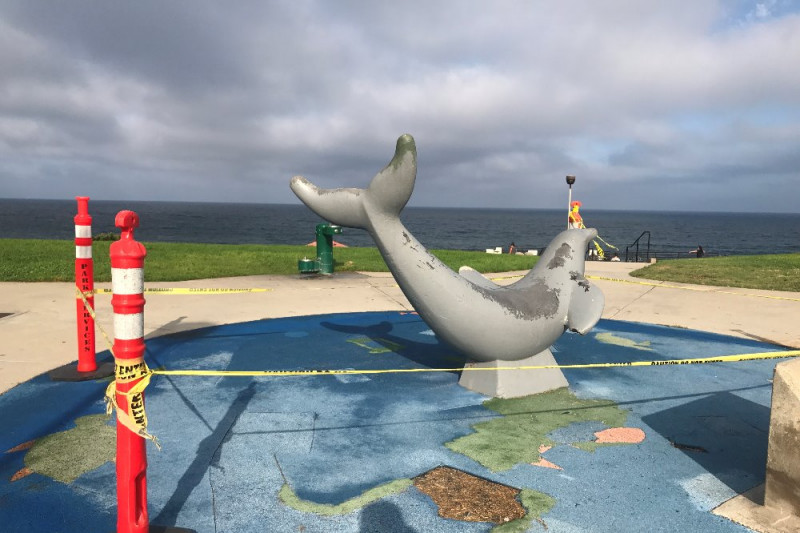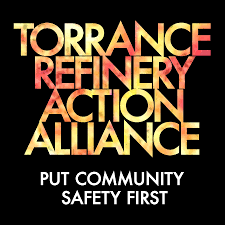Lack of City Action Prompts Movement to Save Miramar Park Dolphin via Private Donations
After more than 180 days in captivity, the Dolphin at Miramar Park has been rescued. At least, that’s the message proclaimed by Brian Diederich via a gofundme page established today seeking private donations to replace the rubber surface beneath the statue.
According to Diederich, Jody and Jamie Davis from The Rosalie Ellen Company have already provided a very generous commitment to fund the repair and refurbishment of the iconic dolphin statue and that it is now “up to us, the locals, to finish the job.”
In a post appearing on the Nextdoor website, Diederich initially claimed that the City of Torrance didn’t have the money to fix the statue and that he was in charge of the private fundraising effort. In a later post, he backed off his claim that the City didn’t have the money explaining he took action because he did not want this project to get tied up in red tape and become a political issue.
The posting on the gofundme page claims that the “City of Torrance spent countless hours researching archives and making numerous phone calls to find the original dolphin manufacturer but was unsuccessful. The City knew it was time to reach out to the community.”
Deiderich did not respond to an inquiry soliciting whether he is acting in an official capacity with the City and it is not clear from the gofundme site whether the City of Torrance approves of the fundraising effort. That could be an issue as the City will ultimately have to approve any modifications made to the park.
A chain link fence that has surrounded the dolphin for the past 6 months was recently replaced with orange cones and caution tape.
As of this writing, the gofundme site had raised $560 of the needed $9,850.


